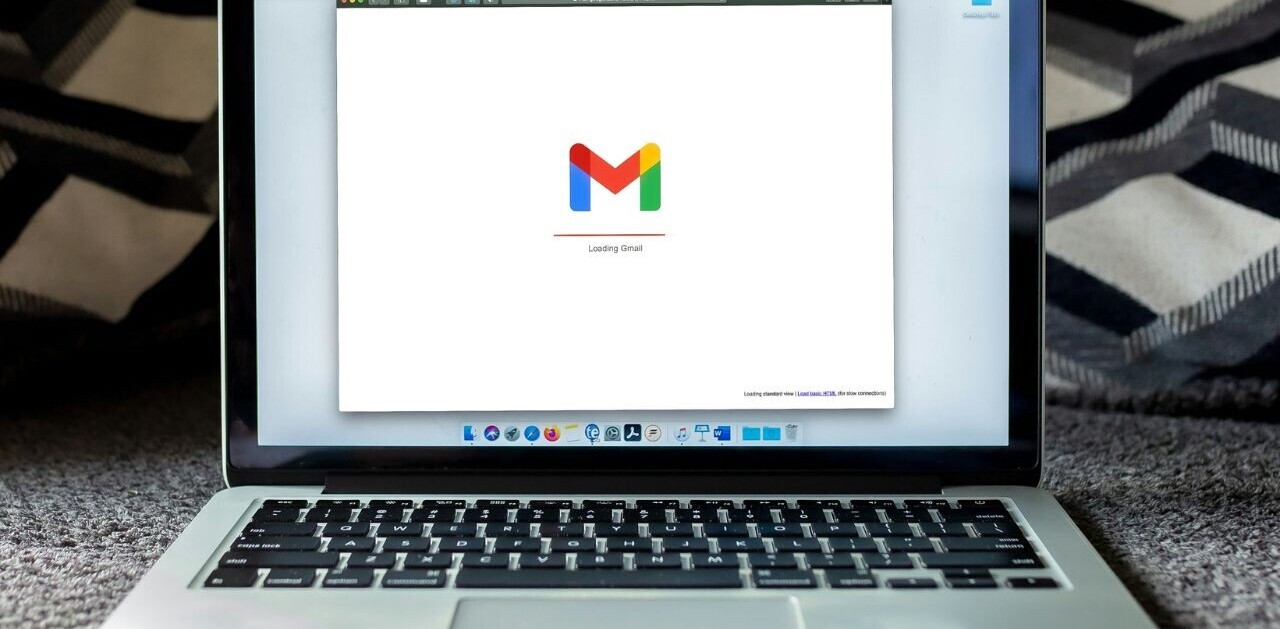
Google today updated its Google Apps Mobile Management for Android service with four new features to help organizations with handling the bring-your-own-device (BYOD) scenario. The service can be turned on at admin.google.com.
First up, “inactive account wipe” lets businesses set policies that will wipe an inactive account from a device if it has not been synced for a predetermined number of days. In other words, lost devices that haven’t been reported yet (or that may never be) as well as old devices forgotten somewhere on site will not be a security risk.
Next, Google has added a new option called “compromised device detection.” In short, this allows enterprises to set policies that will detect signals for common forms of a compromised device, such as rooting or installing a custom ROM, and block that device immediately. The company didn’t specify what exactly these signals are.
Google has also added support for WiFi networks using the Extensible Authentication Protocol (EAP). This means IT admins can now configure settings and distribute CA-based certificates for EAP networks.
Last but not least, there are now additional reporting fields in the API and Admin console, including Serial number, IMEI, MEID, WiFi MAC address, baseband version, kernel version, build number, mobile operator/carrier, language settings, and account ownership/management. These can be used to better detect the devices that are in use as well as to troubleshoot issues.
Google argues that BYOD is no longer a trend but rather “how business gets done.” As more mobile apps are developed with businesses in mind, more websites become optimized for mobile, and employees purchase more devices, IT organizations need to both protect corporate data as well as help employees stay productive. Google Apps Mobile Management is becoming a much more robust tool in this regard.
See also – Google brings Chrome apps to Android and iOS, lets developers submit to Google Play and Apple’s App Store and Google announces general availability of Cloud Endpoints, large media file support in Mobile Backend Starter
Top Image Credit: Shutterstock
Get the TNW newsletter
Get the most important tech news in your inbox each week.





